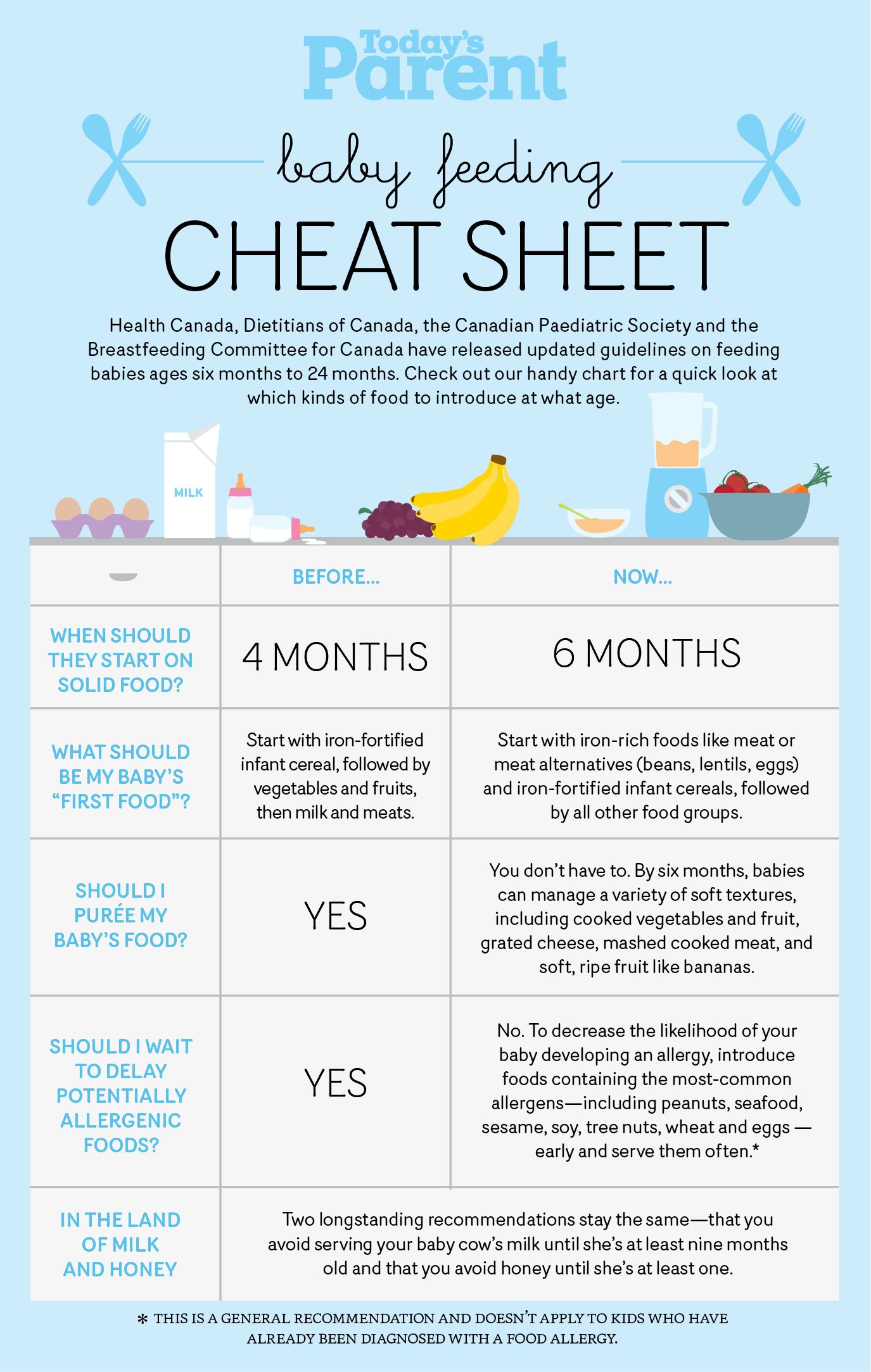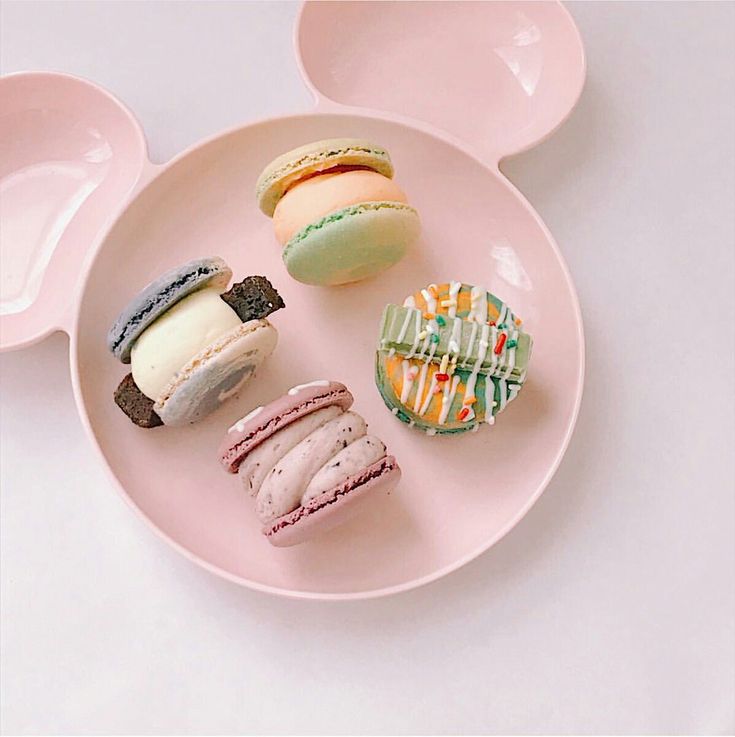Can i thin baby food with water
How to thin baby food – How to use breast milk or baby formula to cook for your baby
109 shares
When you prepare a baby puree’ you always need a certain amount of liquid to thin it in order to achieve a nice creamy texture for your little one. I would like to share with you some basic information about how to thin a baby puree: quantity needed, kind of liquid to add, using breast milk or baby formula. Let’s start from the beginning:
HOW MUCH LIQUID TO ADD?
The quantity of liquid to add really depends from your baby’s taste: some babies like very thick purees, others prefer a more running consistency. No worries. Meal after meal you will be the perfect judge to know exactly how creamy your baby food should be. Just follow the directions that you will find in the baby recipe and add more or less liquid pending your little one taste.
WHICH KIND OF LIQUID?
Well, you have few options listed below. They are all good and safe. Pick up the one you like more pending what you have available in your refrigerator/freezer/pantry 😉
1) Warm water:
easy and simple, always at your disposition. Only one note: water doesn’t give any additional nutrients to your baby food. That’s not a bad thing, just a consideration.
2) Cooking liquid:
You can use the same liquid you cooked the food in: if you steam or boil some vegetables you can use the residual cooking water to thin the baby puree. The good thing is that the cooking water contains some nutrients coming from the vegetables as they cooked. That’s why the cooking water usually has a very pale color, typically green or yellow.
3) Vegetable broth or chicken broth (if you are cooking on the savory side)
I deeply suggest to prepare a good quantity of both broths and store them in the freezer.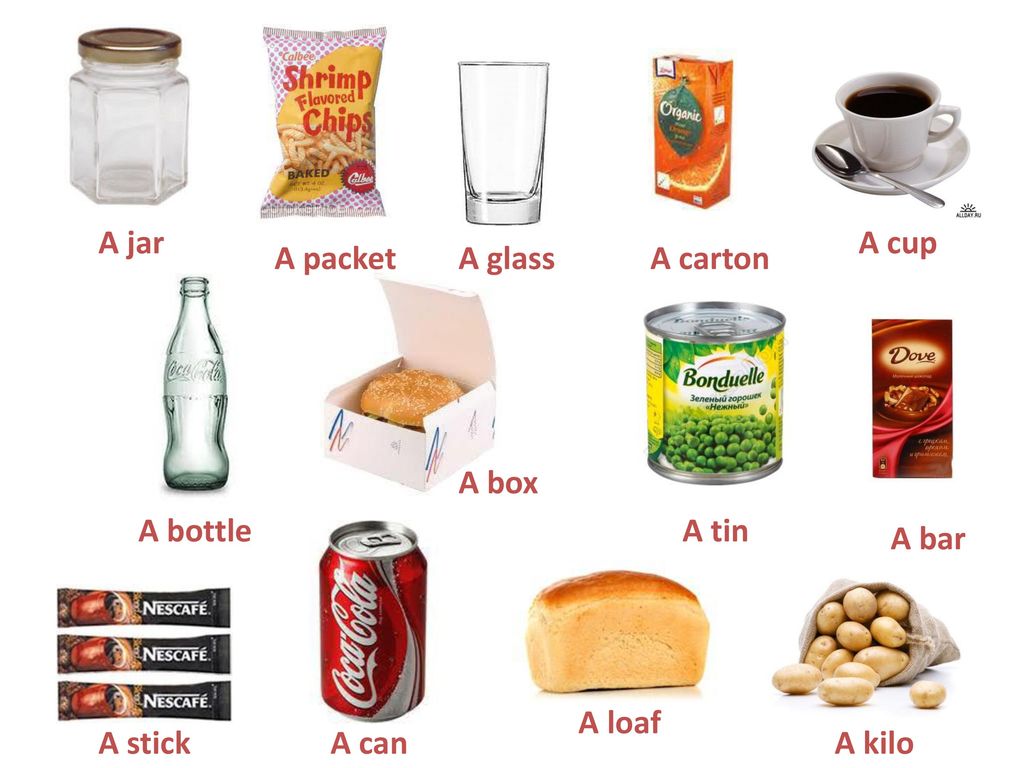 As you are cooking for babies you want the broth to be without salt and only with few fresh seasonal ingredients. If you want to check the vegetable broth or the chicken broth recipes click the links.
As you are cooking for babies you want the broth to be without salt and only with few fresh seasonal ingredients. If you want to check the vegetable broth or the chicken broth recipes click the links.
Click on the image
Click on the image
4) Unsweetened organic apple juice (if you are cooking on the sweet side)
It’s safe and gives a naturally sweet taste to the puree that babies really like.
5) Breast milk or baby formula
That’s a wonderful way to thin you baby food as you are really boosting in all the powerful nutrients contained both in formula and breast milk.
Just few notes:
- Never use previously frozen breast milk or baby formula as you might end up freezing your baby food and you never freeze twice the same food, even if you use it as an ingredient.
- On the contrary, when you add freshly made baby formula or breast milk to your baby food you can freeze it without any problem.
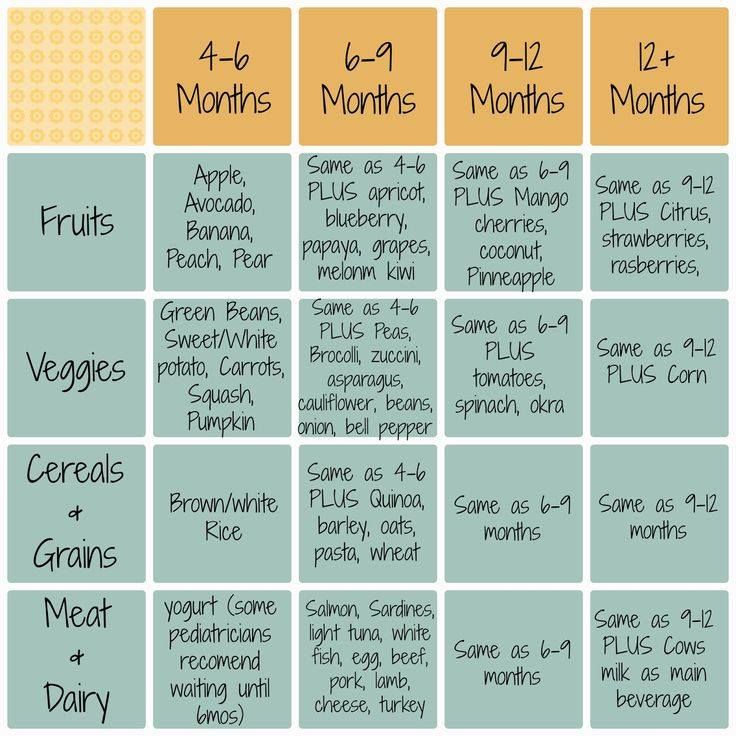 The nutritional value of both breast milk and baby formula will not be compromised nor there will be any safety issues.
The nutritional value of both breast milk and baby formula will not be compromised nor there will be any safety issues. - In the case of baby formula the only thing that will happen is that during the freezing process the fat will separate (like it happens with cow milk). Once the baby food will thaw you will be able to warm it and mix it so that you will have the original texture back.
I hope these information will be helpful, please note that I’m a mom and not a pediatrician, so I’m sharing my knowledge, research and experience about baby nutrition and development. Should you have any other questions, I will be more than happy to reply!
ciao,b
109 shares
About Barbara Lamperti
In Italian BuonaPappa means “enjoy your baby food”. I thought that if I had issues cooking for my baby for the first time, well, maybe I was not the only mom in this situation. Why not start sharing what I learned with other moms and dads all around the world? That's how BuonaPappa. net was born, THANK YOU for following! I feel honored and humbled daily that you would stop by and view my recipes. Grazie mille!
net was born, THANK YOU for following! I feel honored and humbled daily that you would stop by and view my recipes. Grazie mille!
How and What to Use to Thin Baby Food Purees - Learn all the easy ways to Thin Puree Homemade Baby Food with formula, breast milk, yogurt and more!
Should I thin baby food purees before I freeze them?This is probably the most often asked question about thinning foods for baby food puree. Whether you thin out baby food before or after freezing is simply a personal decision. There is no “correct” way that thinning baby food purees should be done. I have found that thinning AFTER the baby food puree cubes have been thawed often works out best. Sometimes when you put a nice puree of zucchini or pears into the freezer, the thawed food is more watery, runny and thin than when it was freshly made and then frozen. Freezing changes the cellular structure of many foods and thus many foods that are frozen to perfection wind up a different texture when they are thawed. Ways to Change the Texture and Thin Homemade Baby Food PureesSave and use the cooking liquidCooking foods either by boiling or steaming will cause some of the foods’ nutrients to leach into the cooking water. Reserving the cooking water and using it to puree baby food is a great way to retain those nutrients. The cooking water will add the nutrients back into your baby’s foods. ***Do NOT use the cooking water from carrots to thin baby food. Read more about Breast milk is Great for thinning baby foodUsing breast milk to thin your baby food puree is a great way to boost the nutrients in baby’s food as well as add a familiar taste. Please do NOT use previously frozen breast milk to thin purees that you will freeze. Previously frozen breast milk should never be refrozen. Infant FormulaAs noted on several of the Wholesome Baby Food pages, it is not advisable to freeze infant formula because the fat will separate; this will occur when you freeze whole cow milk. It is safe to add infant formula to homemade baby food purees that you will freeze. As the infant formula companies note, nutritional value of the formula is not compromised when it is frozen nor are there any safety issues.
Stock UpAnother great way to thin baby food purees is to make your own stock. Here are a Few Foods that are good to thin before freezing A few common fruits and veggies that are good to “pre-thin” are as follows:
Remember, always consult with your pediatrician regarding introducing solid foods to your baby and specifically discuss any foods that may pose allergy risks for your baby. This site complies with the HONcode standard for trustworthy health information: verify here. SHARE ON FACEBOOK SHARE ON PINTEREST |
How to dilute infant formula and what water should be used to prepare food for a child: advice to young mothers
Read this article:
What water is better to prepare formula for babies
How to dilute infant formula
How to choose baby water for cooking and drinking
Which water is best for infant formula?
It should be noted right away that if it is possible to breastfeed a child, it is better not to use ready-made milk formulas. Yes, they are nutritious, but they will never fully replace real mother's milk. In addition, before buying ready-made mixtures, it is necessary to consult with a pediatrician to exclude possible allergic reactions in the baby. Mixtures are prepared from both cow's and goat's or soy milk. To begin with, it is recommended to give the child a mixture in small quantities (starting with 5-10 ml and observing the baby's reaction to this product). If the child's health suddenly worsens or allergic reactions appear, such as rash and swelling, then immediately stop giving him this mixture and consult a doctor.
Yes, they are nutritious, but they will never fully replace real mother's milk. In addition, before buying ready-made mixtures, it is necessary to consult with a pediatrician to exclude possible allergic reactions in the baby. Mixtures are prepared from both cow's and goat's or soy milk. To begin with, it is recommended to give the child a mixture in small quantities (starting with 5-10 ml and observing the baby's reaction to this product). If the child's health suddenly worsens or allergic reactions appear, such as rash and swelling, then immediately stop giving him this mixture and consult a doctor.
Since formulas contain a sufficient amount of protein, they should not be diluted with milk - this can lead to an overabundance of it, which will adversely affect the health of the child. Best of all, special bottled baby water marked “for baby food” is suitable for diluting milk powder mixtures. For such water, there are increased requirements for purity and quality, as well as strict control over their observance.
One more piece of advice for young mothers: don't try to prepare larger mixtures in advance (bacteria begin to develop in it over time). It is necessary to prepare baby food immediately before feeding the child.
It is best to draw up and agree on a day-to-day infant feeding schedule with the pediatrician. Babies usually eat formula milk until they are 2-3 years old.
How to dilute infant formula?
The most common proportion is one scoop per 30 ml of water (usually this information is written in the instructions for use on the package). The spoon should always be perfectly dry and clean.
Pour pre-warmed baby water into a sterile feeding bottle. Many parents prefer to pre-boil bottled baby water for additional disinfection. We fall asleep dry milk mixture, observing the proportions of water and the number of measuring spoons. Close the bottle and shake thoroughly until dissolved and homogeneous (there should be no lumps). It will not be superfluous to check the temperature of the prepared infant formula - for this, drop a small amount on your wrist. For a more accurate measurement, you can use a thermometer. The optimal water temperature for infant formula is 36 - 37ºC (this is the comfortable temperature of mother's milk - it is considered ideal for the baby).
It will not be superfluous to check the temperature of the prepared infant formula - for this, drop a small amount on your wrist. For a more accurate measurement, you can use a thermometer. The optimal water temperature for infant formula is 36 - 37ºC (this is the comfortable temperature of mother's milk - it is considered ideal for the baby).
Tip: It is best to wash the feeding bottle immediately after eating and keep it in a clean place until the next feeding (the baby can get hungry at any time, and a clean bottle is already at hand).
What kind of water should be used to cook porridges and broths for a child?
On the same as the mixtures - on ideally pure and low-mineralized water. It is well suited for making broths, light soups and cereals for older children (who no longer eat formula milk). Low-mineralized water does not leave scale deposits (white flakes) when heated and has a pleasant neutral taste.
How to choose baby water for cooking and drinking?
Always remember that the delicate body of a child (especially an infant) is very susceptible to microbes and the appearance of gastrointestinal disorders, therefore, it needs to consume only high-quality foods and pure water. About how children's water differs from ordinary adult water? we wrote in a previous article.
Mountain glacial water of the highest quality category is considered the most optimal and ideal option (it meets all the requirements for children's water). These requirements include Russian brands: "For Lyal", "Arkhyzik" and "Elbrusinka". Among imported waters, many mothers choose Evian and Vittel - these brands have optimal low mineralization and purity, and also taste good and are easy to drink by young children.
One more piece of advice for mothers of small children: in no case should you give your child to drink medical-table and medicinal water - it is highly mineralized and is intended for the treatment of certain diseases, in doses prescribed and recommended by a qualified doctor. Uncontrolled consumption of highly mineralized water can adversely affect health.
Uncontrolled consumption of highly mineralized water can adversely affect health.
Let the children grow up healthy!
© Aqua Melody Magazine
Publication date: 07/19/2019
Water for formula preparation: Do I need to boil infant formula water?
Glinskikh Elena
Published: 01/15/2023
Reading time:
1200
Some people tend to think that the "baby food" label on a water bottle is just a marketing ploy. However, in reality this is not the case, "children's" water is really very different from "adult". Why it is better to buy special water for the preparation of infant formula, and not to use filtered and boiled, read in this article.
What kind of water should I use to prepare infant formula? To prepare the mixture, it is recommended to use high-quality bottled water, on the packaging of which is marked "Children's".
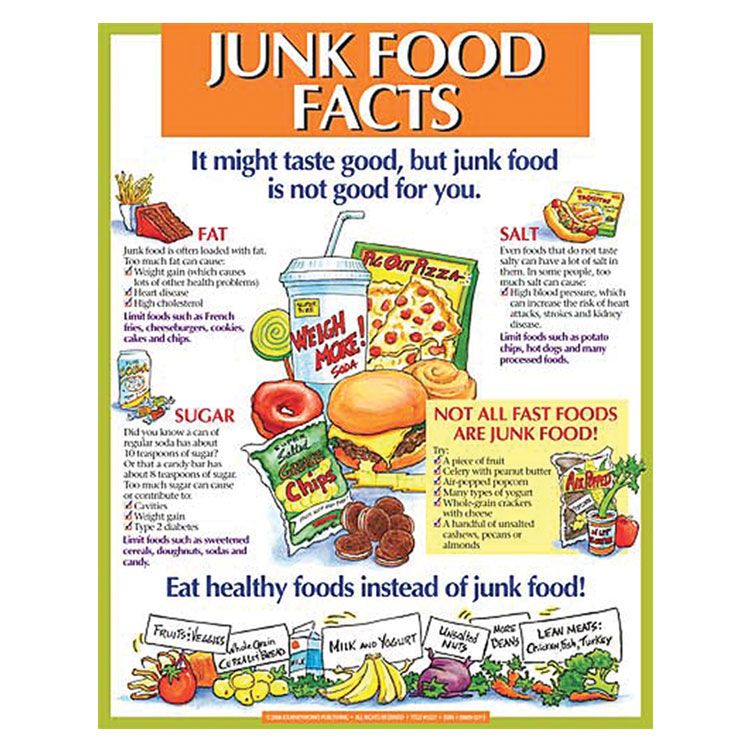 This means that the manufacturer guarantees the quality and compliance with the requirements of SanPiN 2.1.4.1116-02 *. What is included in these requirements?
This means that the manufacturer guarantees the quality and compliance with the requirements of SanPiN 2.1.4.1116-02 *. What is included in these requirements? - No visible inclusions are allowed in the water.
- The harmlessness of water is determined by its chemical composition (the content of toxic metals, non-metallic elements and halogens, salt components and organic substances of anthropogenic or natural origin).
- Water safety and quality indicators are set individually for each source.
The same SanPiN notes that water can be either artesian, extracted from a well, or tap water, which has undergone additional purification. Of course, the second option is definitely not suitable for baby food (and for an adult, in general, it is also not recommended).
How baby water marked “from birth” differs from ordinary bottled water
First of all, baby water is characterized by low mineralization. This means that it contains less salts and minerals than “adult” water, in accordance with the needs of very young children. Children's water of the highest category has a constant mineral composition and undergoes the strictest quality control. You can always find out about the availability of relevant certificates on the official website of any manufacturer. If there are none, then this is an occasion to think about the quality of the product. Of course, it is better to choose the water that meets all the standards of GOST and SanPiN. The second common question from moms is: “Should I boil baby water for formula?”. In fact, baby water does not require boiling and can be used within 1-2 days after opening the bottle. Therefore, it is best to purchase water in containers with a volume of no more than 1.5 liters. Of course, in the event that for some reason you cannot get a bottle of baby water and are forced to make do with filtered water, the answer will be just the opposite: you need to boil it. It is necessary that:
Children's water of the highest category has a constant mineral composition and undergoes the strictest quality control. You can always find out about the availability of relevant certificates on the official website of any manufacturer. If there are none, then this is an occasion to think about the quality of the product. Of course, it is better to choose the water that meets all the standards of GOST and SanPiN. The second common question from moms is: “Should I boil baby water for formula?”. In fact, baby water does not require boiling and can be used within 1-2 days after opening the bottle. Therefore, it is best to purchase water in containers with a volume of no more than 1.5 liters. Of course, in the event that for some reason you cannot get a bottle of baby water and are forced to make do with filtered water, the answer will be just the opposite: you need to boil it. It is necessary that:
- reduce water hardness;
- destroy all pathogenic bacteria;
- reduce the chlorine concentration.

Ideally, boil water for about ten minutes to ensure that any harmful microbes are eliminated. However, most of them die already at 98 degrees, so two minutes, which are usually spent on boiling water, may be enough.
Tap water
It's not bad if your house has a direct water filter and you can get good water directly from the tap. Otherwise, you should get a filter with high-quality cassettes against hard water. So you can be sure of sufficient water purification from heavy impurities.
If you have the opportunity to purchase bottles of baby water, it is not recommended to use tap water, as well as spring water or self-collected from other natural sources. In this case, it is impossible to guarantee the high quality of water and its safety for the health of the baby, even if it is boiled for a long time.
Infant formula water must be labeled with date of manufacture and recommended shelf life.
Potable or formula
Baby water labeled "drinkable" may not be suitable for powdered milk formula. The fact is that it contains more minerals than water produced specifically for the preparation of children's food. Such components are really needed by the children's body, but they can upset the balance of the mixture itself. Therefore, manufacturers can produce baby water for drinking and cooking or universal. The good news is that it’s almost impossible to find low-quality baby water on store shelves these days. Most of the brands do indeed meet the stated requirements, which was confirmed by the employees of Roskachestvo by conducting a test purchase and a series of tests**. However, pediatricians still recommend purchasing baby food in appropriate stores, dedicated departments of supermarkets or pharmacies. In addition, you should not take the cheapest water of an unknown brand, because in this case the marking may not correspond to reality.
The fact is that it contains more minerals than water produced specifically for the preparation of children's food. Such components are really needed by the children's body, but they can upset the balance of the mixture itself. Therefore, manufacturers can produce baby water for drinking and cooking or universal. The good news is that it’s almost impossible to find low-quality baby water on store shelves these days. Most of the brands do indeed meet the stated requirements, which was confirmed by the employees of Roskachestvo by conducting a test purchase and a series of tests**. However, pediatricians still recommend purchasing baby food in appropriate stores, dedicated departments of supermarkets or pharmacies. In addition, you should not take the cheapest water of an unknown brand, because in this case the marking may not correspond to reality.
Quality requirements
Recently, the standards for baby water have been tightened:
- It can only be produced from table natural mineral or natural drinking water.

- Do not use preservatives or chlorine disinfectants during production.
- Do not use production lines for the production of other beverages to fill baby water.
- For children from 0 to 3 years, it is forbidden to manufacture products enriched with iodine and fluoride preparations***.
These stringent requirements guarantee the high quality and safety of children's products.
Helpful Hints
- Do not boil infant formula. Water must be cooled to a temperature of 37 degrees or diluted with pre-prepared cool water.
- Purchased water is in any case better in quality than several times filtered tap water. It has less salt and no chlorine. Therefore, whenever possible, even if you live outside the city, you should purchase a bottle for baby food.
- If you can't buy water, find a special baby water filter in the store. They are rare for sale, but they do happen. Such filters usually achieve maximum water purification and make it suitable for baby food.

- Store-bought water should only be stored in the refrigerator. Expiration dates before and after opening are indicated on the package. Some water cannot be used without boiling within a day after the bottle was sealed, so pay close attention to this label!
- Choose your bottles wisely: it is best to buy water in glass or polycarbonate bottles (marked with the number 7). It's not even about ecology, but about the safety of plastic for a child. It is the container marked with the seven that does not emit harmful substances into the water, even after being under the direct rays of the sun.
Choosing high-quality water for your baby, you can not only ensure his safety and the normal functioning of the gastrointestinal tract, but also make life much easier for yourself: you do not have to filter, boil and cool water, since bottled water can simply be heated to optimum temperature.
*SanPiN 2.1.4.1116-02 Drinking water. Hygienic requirements for the quality of water packaged in containers.

 Pears and zucchini are just a few of the foods that may end up more runny.
Pears and zucchini are just a few of the foods that may end up more runny.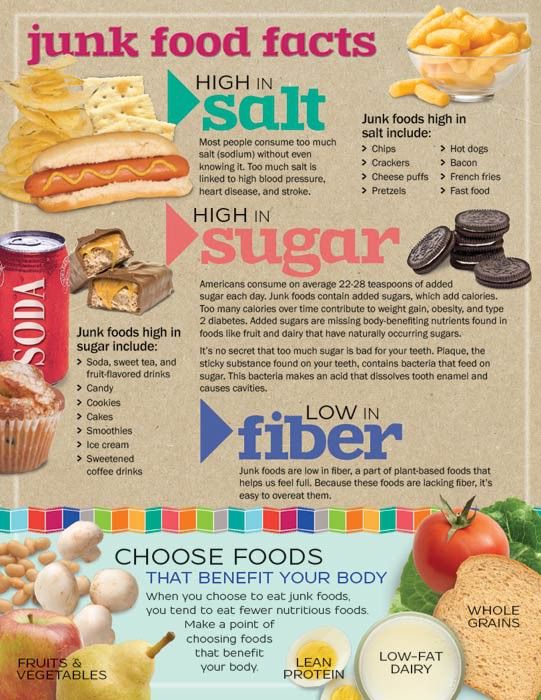
 Not only are homemade stocks yummy and convenient, they are also very nutritious. You can make a batch of stock, freeze it in small portions (like in ice cube trays) and then use the amount needed when thinning your baby food purees. A yummy veggie stock will add a nice taste to a chicken and rice puree.
Not only are homemade stocks yummy and convenient, they are also very nutritious. You can make a batch of stock, freeze it in small portions (like in ice cube trays) and then use the amount needed when thinning your baby food purees. A yummy veggie stock will add a nice taste to a chicken and rice puree.




